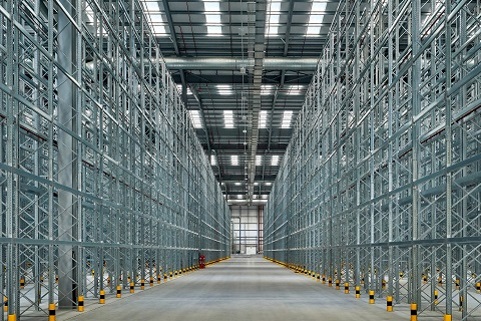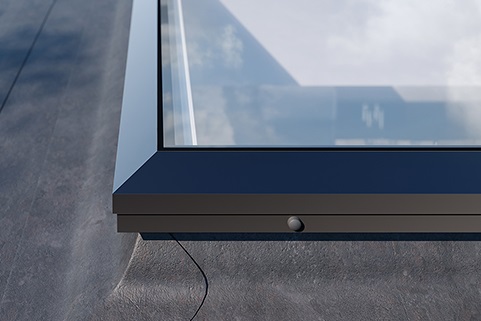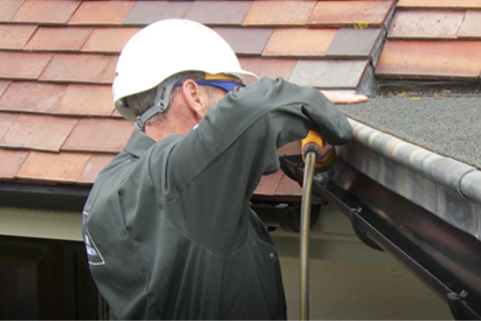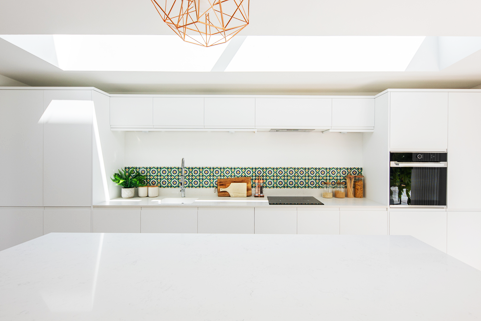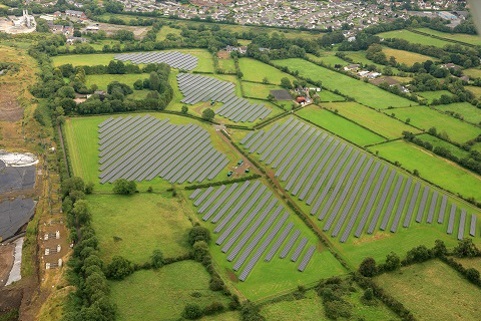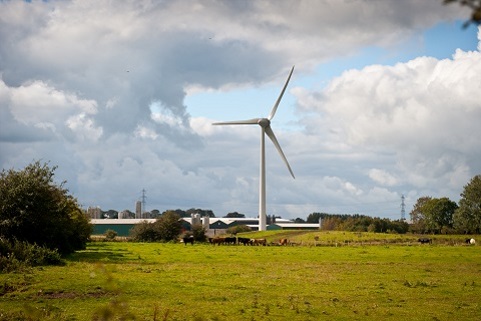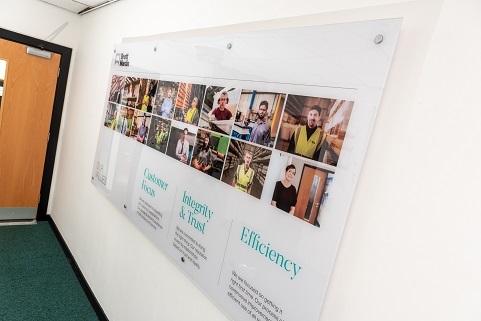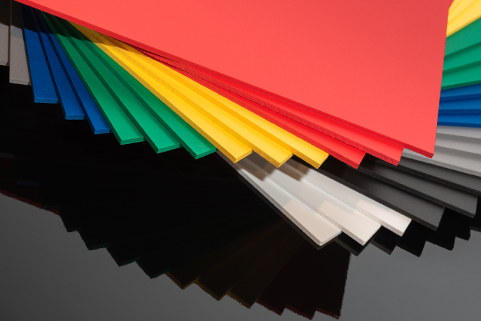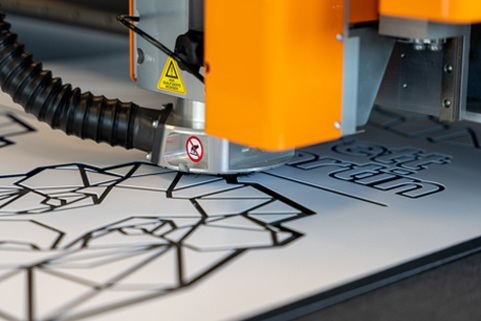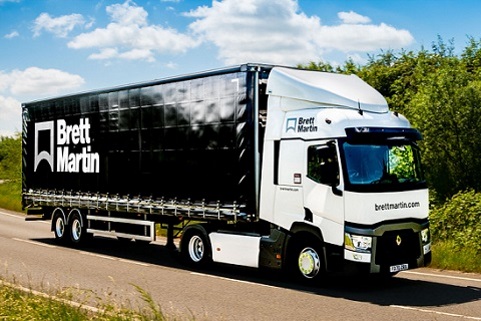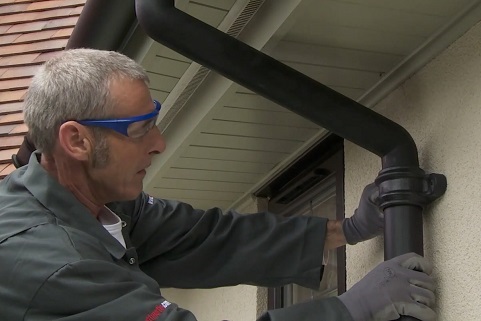A clear advantage - Polycarbonate and GRP in Stadium Design
From supporting pitch health and protecting spectators from the elements to delivering an atmosphere worthy of the sporting action, there are many factors that must be considered in stadium design, especially when it comes to the roof. Here we look at how our polycarbonate roofing products can help meet all the requirements without compromise.
There are many options for the design of stadium roofs, and it is this element as much as any other that gives the venue its character, whether it’s a cantilevered design, a system of supported trusses or a tensile structure. However, the roof must also adequately meet a range of functional requirements.
Perhaps the most obvious of these is providing shelter for spectators from both rain and the sun. To achieve this, the roof needs to extend out beyond the stands to ensure it will provide protection. For example, the FIFA design guidelines provide estimates of the likely level of protection based on the angle from the drip line – a vertical line directly from the roof’s leading edge. It states that due to the effect of wind, seats located within 15º of the drip line will have little protection, between 15º and 30º will have moderate protection and beyond 30º the seats will have good protection in all but the most severe conditions. Therefore, the further the roof extends beyond the stands, the more of the seats will be in the better protected zones. Depending on the orientation of the stadium, a larger roof can also help provide better shade from the sun, which is essential in the summer.
Additionally, increasing the size of the roof may have a positive effect on the internal atmosphere as it traps and reflects the crowd noise. This can make the stadium feel louder and more energised – especially important to give the home team a psychological boost.
However, a larger roof made of an opaque material can have a negative impact in several important ways. Significantly reducing the level of light that reaches the pitch can present challenges to maintaining the health of the grass surface. Large areas of shadow on the pitch can also make games more difficult for the players and harder to follow for spectators, as well as presenting issues for filming and broadcasting the action. Furthermore, the shadows cast by a large solid roof can make the stands feel dark – impacting the visitor experience.
One effective solution to these challenges is to incorporate translucent polycarbonate roofing into the design. It is up to 200 times stronger than glass at a fraction of the weight, making it highly suitable for expansive roofs, but it also delivers exceptional light transmission levels. For example, our clear Marlon CS corrugated polycarbonate sheet achieves very nearly 90% light transmission while blocking 98% of harmful UV rays. This means it enables a roof that offers year-round weather protection without impacting light levels or the health of the grass. Marlon CS has been used on some of the UK’s most iconic stadiums, including the London Stadium (formerly the Olympic Stadium), Liverpool’s Anfield, Manchester City’s Etihad Stadium, Arsenal’s Emirates Stadium, Everton’s new ground at Bramley-Moore Dock in Liverpool and Twickenham Stadium, the home of England Rugby.
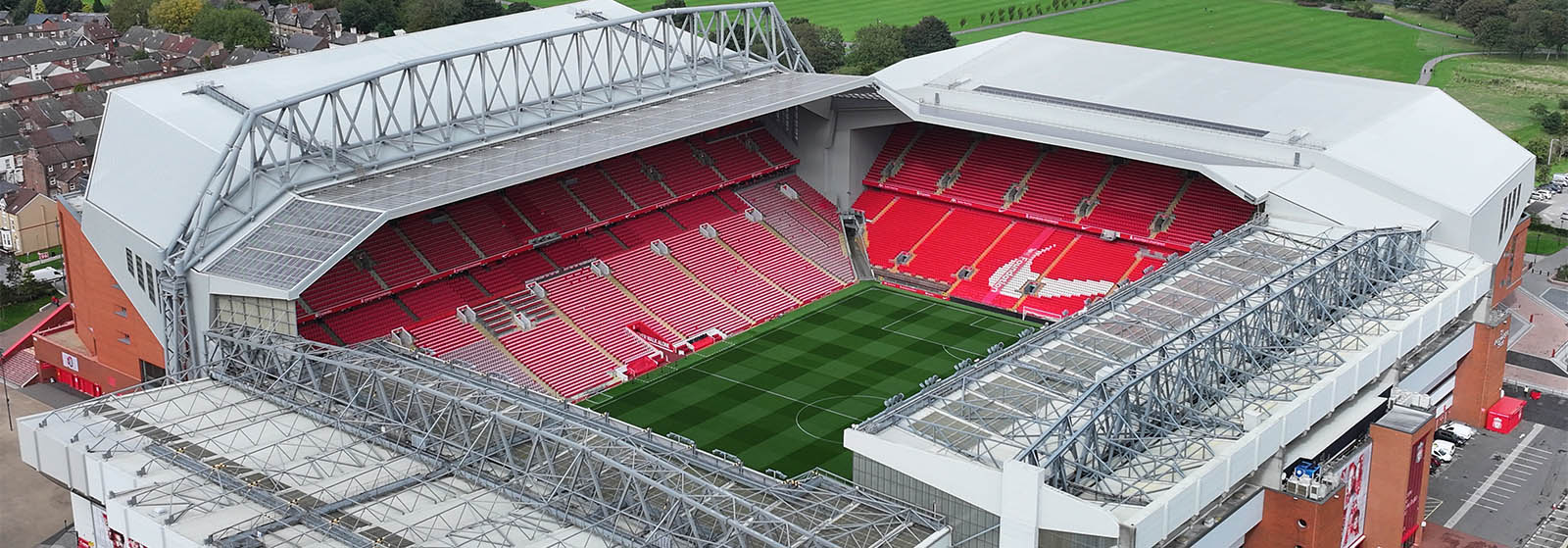
For projects where sustainability is a priority, our Marlon BioPlus polycarbonate is an excellent option. Available on a range of products, Marlon BioPlus uses climate neutral resins (via mass balancing) in sheets manufactured using 100% renewable energy to significantly reduce embodied carbon. This allows customers to align building projects with broader corporate sustainability goals without compromising on characteristics or quality of the specified products.
Translucent roof systems also have advantages for large indoor sport’s venues as the significantly increased natural light helps to reduce energy usage and improves the spectator experience. An example of this is the Emirates Arena in Glasgow, which consists of the indoor sports venue built for the Glasgow 2014 Commonwealth Games and the Sir Chris Hoy Velodrome. This world-class venue features our Multivault GRP rooflights to bring light into the competition spaces.
Our Marlon Clickfix multiwall polycarbonate system offers an additional solution for indoor spaces. A vertical panel glazing system for walls and facades, Clickfix was used to great effect at the Sport Ireland National Indoor Arena, turning the large end walls of the indoor training pitch into translucent screen that fill the long space with light. This choice also plays to the strength capabilities of multiwall polycarbonate, as the material can take repeated impacts from a ball without any risk of shattering or deforming.
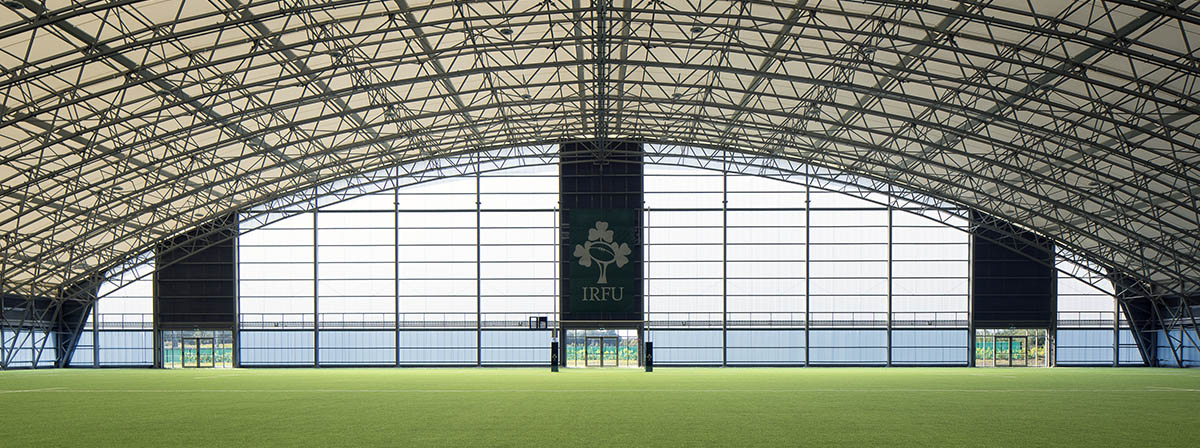
Other spaces in and around stadia can also benefit from the increased levels of natural light facilitated polycarbonate. At Brighton & Hove Albion’s American Express Stadium, our Marlon Xlok system was specified as part of dedicated fan zone. Installed in three large rooflights, this system provides a hardwearing solution for the indoor/outdoor space which can accommodate up to 1,000 supporters year round.
When designing a stadium, optimised to meet all requirements from spectator comfort to pitch health, it is essential to partner with a supplier that has a wide range of solutions, extensive expertise and proven experience. At Brett Martin we can offer a number of different daylighting options to match the project needs, backed by full technical support and decades of experience in this sector.
Find out more about what we can offer and the projects we have been a part of here: https://www.brettmartin.com/daylight-systems/industries-we-serve/stadia-arena


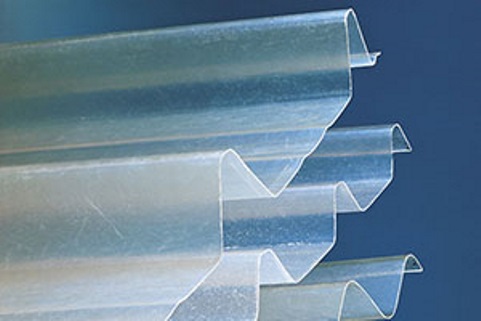
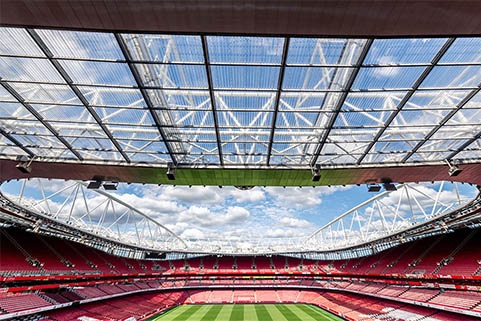
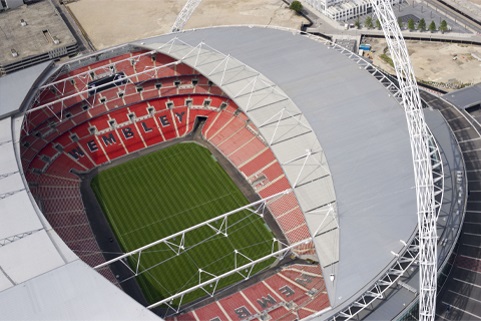
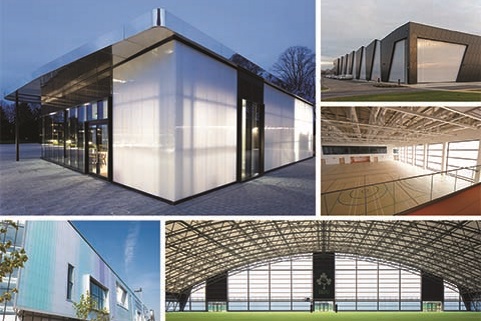
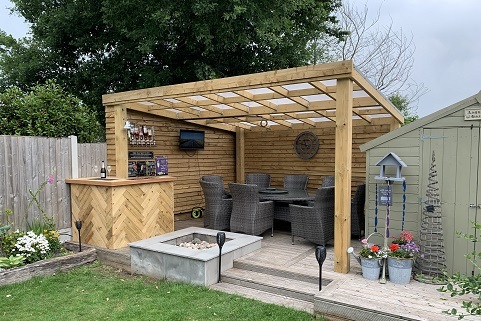
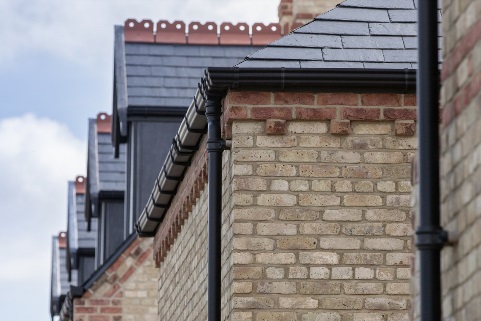
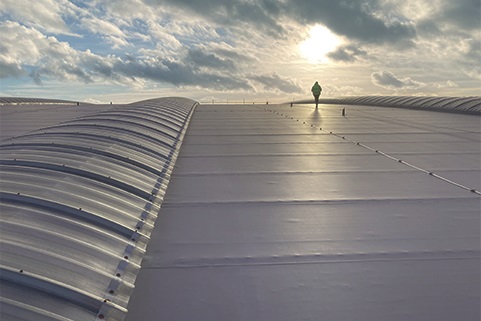
.tmb-listing.jpg?Culture=en&sfvrsn=a65ec15f_1)

